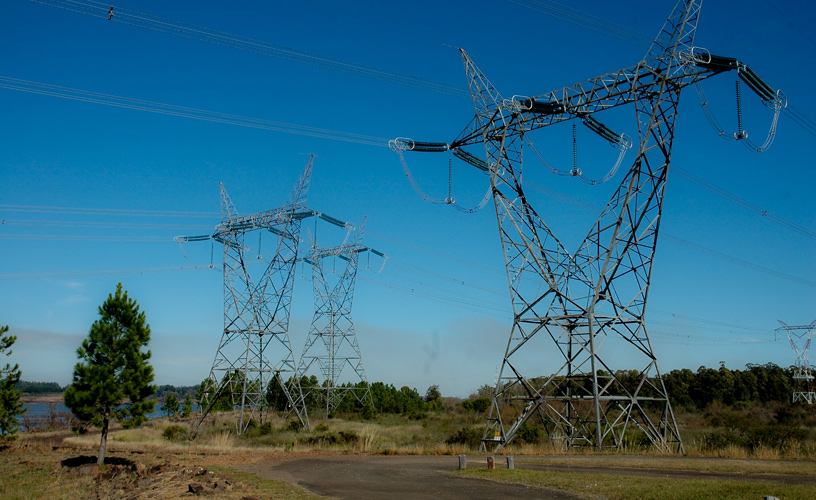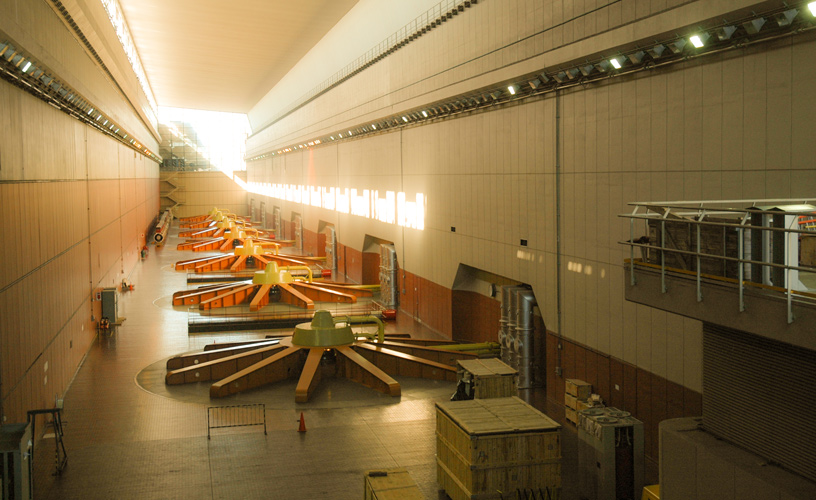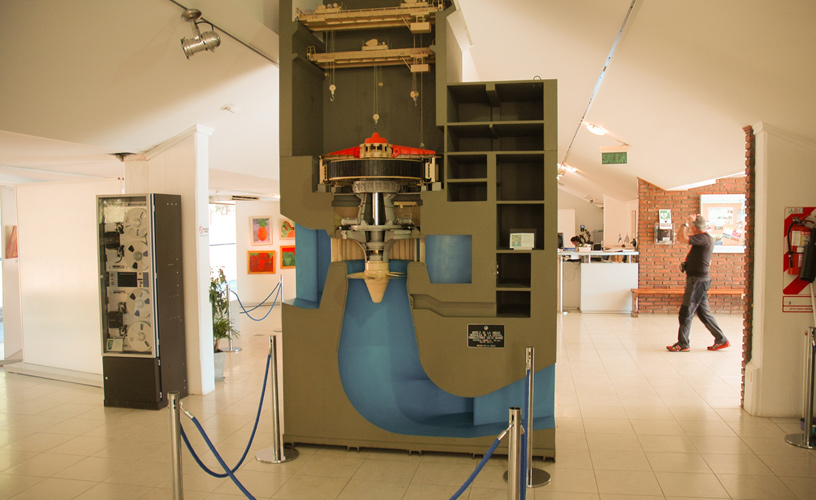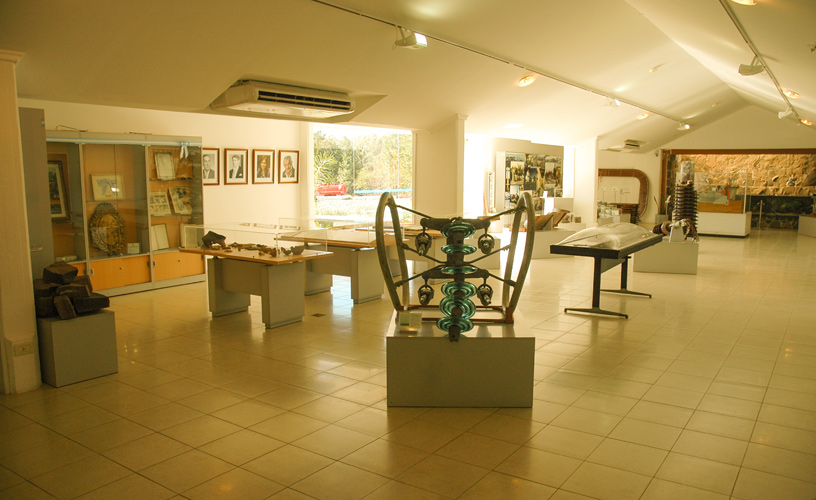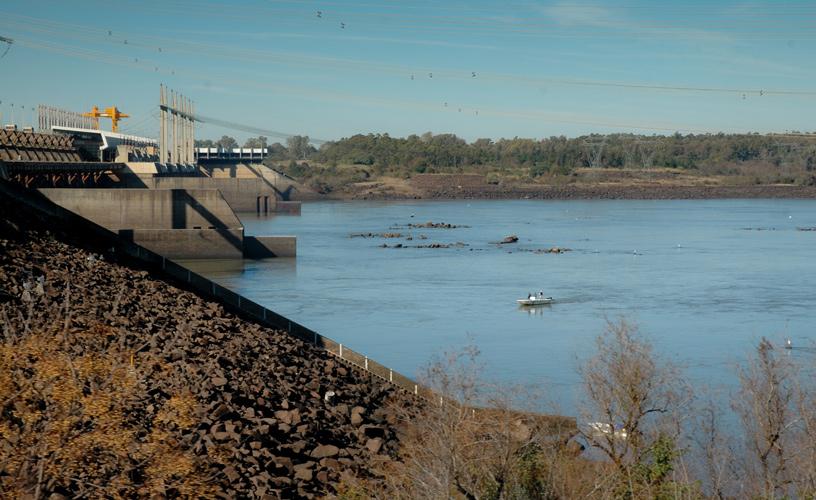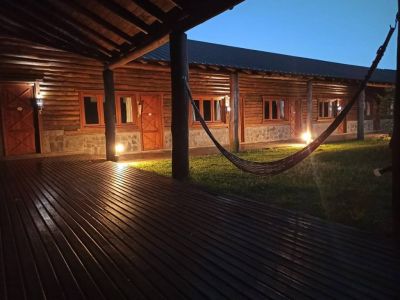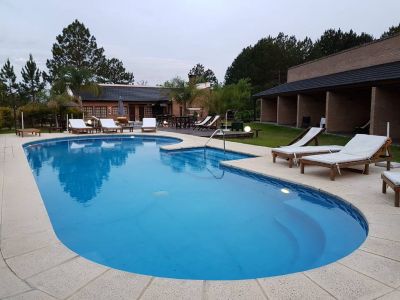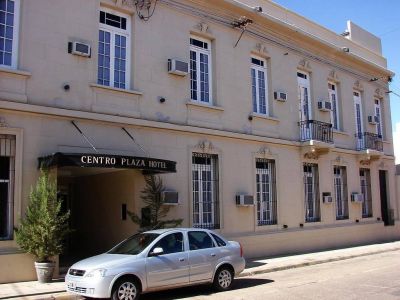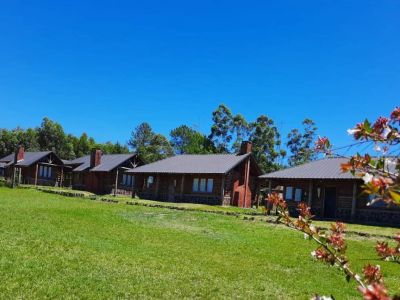Our stay in Concordia led us to see the Salto Grande Hydroelectric Plant, which has joined two nations for over 30 years in more than one sense, namely: Argentina and Uruguay. We covered the 18 kilometers that separate Concordia from the spot known as Paraje Ayuí and once there, we joined a group that was entering the venue in order to carry out the visit. During the first stage, an illustrative video was projected and a brief chat provided the first approach to what we would see with our own eyes a moment later. The guide made interesting comments in layman terms. Guides are also specially trained in order to provide more technical information, if required. One of the main features is that Salto Grande is considered the first construction to integrate two countries in Latin America, whose agreement dates back to 1946. It emerged as a need to make use of the river course in order to supply both countries with electric power and to share a joint concern for the environment.
Salto Grande Dam, A Bridge between Two Nations
For such purpose, several Argentinian and Uruguayan towns in the middle area of the Uruguay River basin disappeared. Some of them were Federación (Argentina) and Belén (Uruguay). It was not until 1979 that the reservoir was full and the first turbine was started.
We learned about the construction process, its energetic power and the operation of two engine rooms, one on each side of the river, supplied by 7 turbines each. We were told many cold figures in kW, MW and GWh. They were hard to remember but they turn out to be very illustrative for scholars.
A very significant step was the inauguration of the international bridge that joined both nations in 1982 as well as the two pre-existing bridges known as Colón-Paysandú and Gualeguaychú-Fray Bentos. In this case, it also meant adding a railway branch. The last hydro-generator started to operate in 1983 and it was then that the dam was officially inaugurated, as it was using 100% of its capacity.
Once the explanation came to an end, we were driven to the viewpoints and the bridge, where we caught a panoramic sight of the huge mass of concrete.
Mónica Pons
Pablo Etchevers
